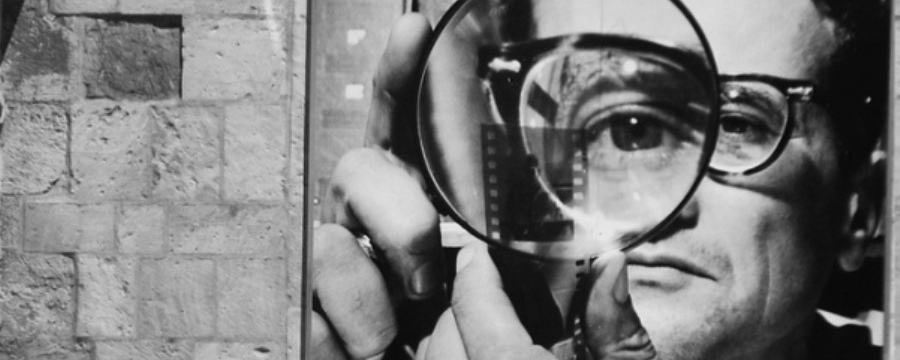Canadian Life Insurance comes in two types – temporary and permanent. Most people have some type of temporary life insurance either as a term insurance policy, mortgage insurance, or group insurance policy (likely through work or an association plan like an automobile club). Some also have permanent life insurance either in the form of whole life insurance, universal life insurance, or Term to 100 Insurance. This article will discuss the purpose of permanent life insurance with some examples, considerations when purchasing plus 8 money saving tips for purchasing universal insurance or whole life insurance.
Permanent life insurance is used for estate planning and retirement planning. The primary difference here is that the life insurance need is not temporary and you want the life insurance to pay when you die-hopefully at a very senior age. About 40% of life insurance sold is permanent life insurance. Many of our clients did not realize they had a need until we had spent considerable time discussing what they wanted to have happen on their death and discovered some major differences between what they thought would happen and what would really happen.
While saving taxes was an important issue, in many cases it was not the most important.
Reasons for choosing permanent life insurance are as follows:
- To provide money to pay capital gains or estate taxes so that your beneficiaries can keep all your assets or property on your death and not have to sell something to pay the taxes. The timing may not be good for selling property. This does not apply to your spouse in most cases as assets flow to them tax free.
- To ensure your spouse will have sufficient money to retire even if you spend more than anticipated during your retirement – this was my reason for purchasing a permanent life insurance policy. “I wanted to ensure that my wife has sufficient cash when I die to enjoy her retirement regardless of what we spend in retirement.
- To guarantee that you will leave some money to children – it goes to them tax free and probate free if the beneficiaries are set up properly. My children received $50,000 when my parents passed on and it made all the difference when it came to purchasing their first home. Others designate it for education with a trustee managing it and this management should be set up through the will to go beyond age 18.
- To leave money to a charity – there are some very interesting tax strategies around charitable giving. Please email me for a brochure on this issue.
- Part of a tax planning strategy to transfer money in an RRSP which could be taxed at over 40% on death to a life insurance policy that will pass tax free to the designated beneficiaries on death with no probate or executor fees. This is frequently done as part of the previous strategy for covering capital gains taxes-I have an article on this with an example using a joint last to die life insurance policy.
- Maximize your pension. Many of those who have pensions will need to decide whether they want to set it up so their spouses will continue to get a pension (about 66 to 75% of your pension) when you die. Obviously, the pension will be a lot less if you choose this option as the Pension Plan will have to pay out money for a longer period of time. For many, there are advantages to taking the higher pension (where it stops when you die) and purchasing a life insurance policy with some of the difference which will provide a pool of capital when you die for your spouse to live on. I can email you more information on this if you wish.
- Business owners use Universal Life Insurance Policies for developing a corporate pension plan that is very tax advantaged.
- Business owners can also use a Universal Life Insurance Policy to get retained earnings out of a company tax favoured basis.
These are just a few of the uses for Permanent Life Insurance Policies. They can also be set up so that premiums are only paid for a set number of years-usually 3 to 20 years after which the life insurance policy is fully paid up or there are sufficient funds in it to pay the premiums for life. Term to 100 Life Insurance is frequently used when all you want is a basic permanent life insurance policy that you pay for until you die and then the beneficiary collects the money. It is usually the cheapest solution for this need.
8 Money Saving Tips
Whole life Insurance Policies have been around for years but have been replaced by Universal Life Insurance in many cases. However, with poor performances in the market, there has been a resurgence of whole life policies which offer guarantees that are attractive to conservative investors. Please refer to the article on the difference between Universal and Whole Life insurance policies for more information.
Money Saving Tip 1:
Permanent life insurance policies frequently have assumptions about the returns you will get within the Universal Life Insurance Policy or dividends for Whole Life Insurance Policy. These are generally not guaranteed so be careful that they are reasonable and that you understand that if they are not achieved, the outcome could be very different from the illustration. Ask to see several illustrations with different assumptions so you understand what could happen.
Money Saving Tip 2:
Universal Life Insurance Policies also have various bonuses built in that can increase the returns by 1.5% or more under certain circumstances. These circumstances usually relate to how much you are putting into the policy (referred to as funding), and how long the policy has been in effect. There are very significant differences between companies so ask to see illustrations from several life insurance companies. For example, one can get a guaranteed rate of as much as 4.25% from the first deposit with one company if you choose the correct options.
Money Saving Tip 3:
Universal Life Insurance Policies may have an opportunity to purchase riders like Critical Illness Insurance or Long-Term Care Insurance and term life insurance. There can be some real tax advantages to doing this if you are able to overfund the policy or you have a large amount to put into the policy to start. The funds inside a universal life insurance policy grow with no taxes on the profits. If you are paying for these other policies with funds outside a Universal Life Insurance Policy you need to pay taxes on the income before you pay the premiums.
Money Saving Tip 4:
A few life insurance companies now offer preferred rates for Universal Life Insurance Policies and if you qualify, the savings can be very significant. Check out a typical qualifying questionnaire for Preferred Life Insurance. Also, some life insurance companies consider cigar smokers to be non-smokers.
Money Saving Tip 5:
I recommend that, at the very least, you have $25,000 or possibly $50,000 of permanent life insurance for last or final expenses. This will provide a lump sum to look after everything at the end and the monthly cost is very reasonable if started early. See tip 6 for reasons to do this sooner than later.
Money Saving Tip 6:
Reducing the amount of term life insurance as the needs decline can also save some money. The good news is that there is no need for a medical when we convert all or part of your term life insurance to a permanent life insurance policy. We consider this when choosing the temporary life insurance policy to sell you in the first place as some companies offer more attractive conversions than others and the costs are similar in the first place.
Money Saving Tip 7:
Purchase a permanent life insurance policy before age 50 or before age 40. Following the logic from Tip 5 refer to the two tables below for nonsmokers and smokers and see how prices start to escalate ate age 40 and if you purchase the $25,000 of permanent life insurance at age 40 it can be around $28 per month and you can add riders to this for the temporary insurance which makes a very cost-effective solution. If you are a smoker, get it as early as possible as the rates are significantly higher and escalate faster as one ages.
Example of the best nonsmoker rates for an old male nonsmoker of average health
Example of the best smoker rates for a 35-year-old male smoker of average health
Money Saving Tip 8:
Layering. At age 40 there could be a need for a lot of life insurance for ten years, much less for 20 years as the mortgage is paid off and kids leave and a base of permanent life insurance for final expenses. We accomplish this cost effectively by combining a base of permanent insurance ($25,000 to $50,000 each of Term to 100 life insurance or Universal Life Insurance), some ten-year term insurance for the immediate needs and a little 20-year term insurance to take you to age 60. We would welcome the opportunity to show you how this works.
Money Saving Tip 9:
At least one universal life insurance policy allows you to take all of the cash out of the policy if you suffer one of 24 Critical Illnesses tax free. If the life company illustrations are similar, then this would be an obvious choice-some people who cannot qualify for Critical Illness Insurance can use this option as well to build up cash if they have a need for the permanent life insurance as a base.
While some uses of Permanent Life Insurance, such as providing extra cash for a loved one, is relatively straight forward, the use of an independent life insurance broker for most situations is recommended as many options are generally not known to the general public and even financial professionals like accountants and lawyers may not be familiar with some of them.
These types of life insurance policies have some real benefits and should be considered. You are about to sign up to pay a lot of money for a number of years so ensure you get good advice. If your term life insurance policy is convertible, you can convert to a universal life insurance policy or other permanent life insurance policy without a medical.










